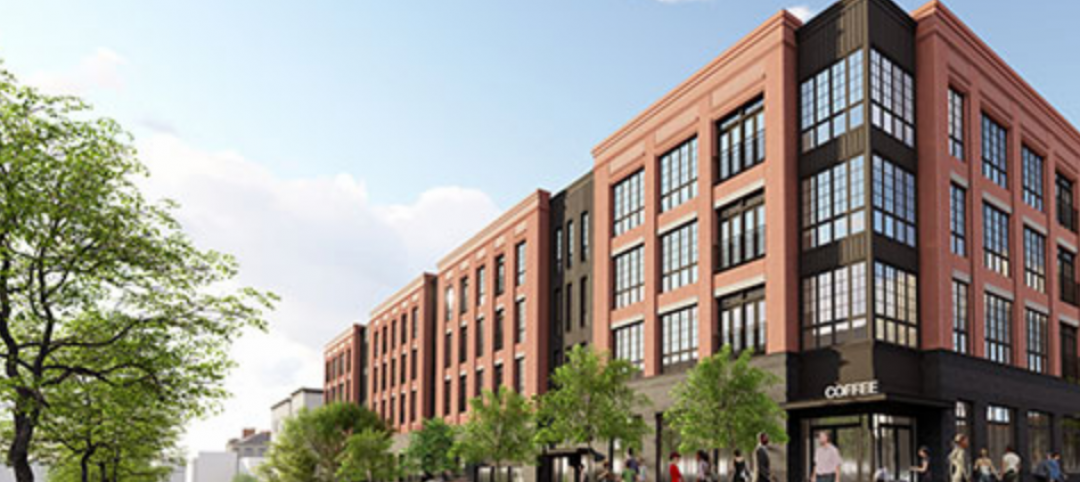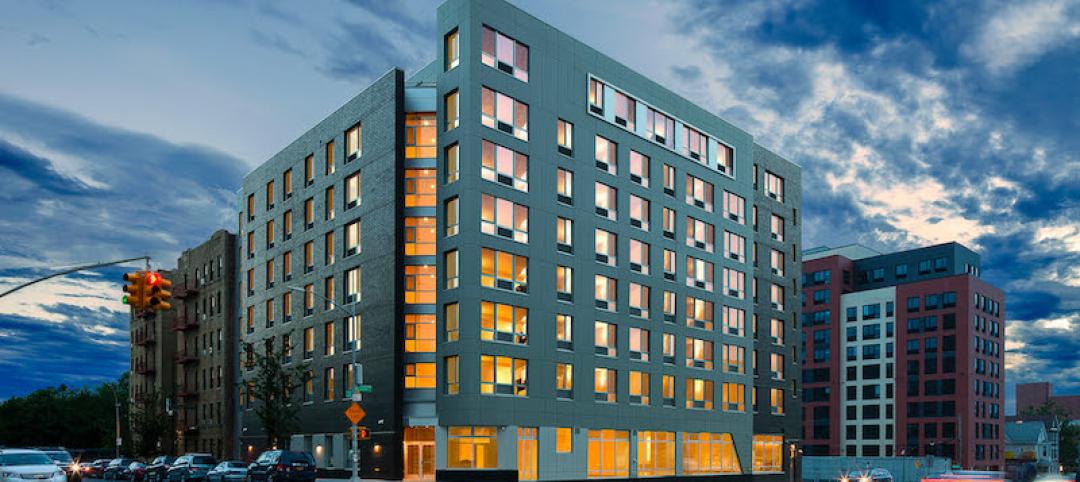Climate change is not a fashionable topic in certain quarters these days, but it cannot be ignored and will only get worse unless those who can do something about it take action.
Since two-fifths of energy use in the U.S. can be attributed to buildings (including multifamily structures), the responsible parties in this case are building owners, facilities managers, property developers, architects, engineers, builders, and contractors. In other words, you and your professional colleagues.
SEE ALSO: Take BD+C’s free Passive House continuing education course, "Building Passively"
PRESUMABLY, YOU’RE ALREADY DOING YOUR BIT
Maybe your firm has signed up for the AIA 2030 Commitment to eliminate carbon emissions in the buildings you design by 2030. Or you’re shooting higher and higher on your LEED for Homes projects. Or you’re certifying your apartment property with GreenPoint, or with the NAHB National Green Building Program. All commendable, but not enough. In general, those efforts will only yield an average energy savings of 20-25% over “conventional” construction, i.e., meeting minimum building energy code requirements. To make a real dent in reducing greenhouse gas emissions, we need to be in the 50-75% range of energy savings for new construction.
MAY I SUGGEST A FRESH APPROACH?
If you haven’t looked seriously at “passive house” design and construction, you should. OK, I know. You’ve already got an image in your mind of a bearded guy in lederhosen holding a stein of beer, standing in front of a cute little cottage in the Bavarian Alps.
Passive house design and construction is anything but that; in fact, it started right here in the good ol’ USA. Passive house uses systems and building products you use every day. It employs techniques that are familiar to the construction trades. Most important, it relies on solid building science: Orient the building correctly to the sun. Seal it tight to halt air leaks that sap energy. Insulate the walls and roof to a “super” level. Use high-performance windows and doors.
Eliminate thermal bridges. Do these things right and you can save 80-90% on heat energy, 50% on cooling energy, for an average 50-70% total energy savings. That’s what you can get when you build “passively.”
PASSIVE HOUSE HAS SPECIAL APPLICATION TO MULTIFAMILY PROJECTS.
In addition to the energy savings (which are hardly trivial), apartment and condominium buildings built to passive house standards use quiet, low-volume air circulation systems that filter indoor air and enhance occupant comfort. That’s a nice payoff for doing the right thing.
To learn more about passive house (and gain 1.0 AIA HSW Learning Units or Professional Development Hours), go to BDCnetwork.com/building-passively-aia-course.
I hope “passive house” will be the start of a whole new professional adventure for you.
Related Stories
Multifamily Housing | Nov 5, 2019
The Collective Paper Factory is the co-living company’s first U.S. location
The building offers a stay model ranging from one night to 29 days.
Multifamily Housing | Nov 4, 2019
A historic ice cream factory now provides Milwaukee with affordable housing
Thanks to projects like this, the Lindsay Heights neighborhood is definitely on the upswing.
Multifamily Housing | Oct 31, 2019
Soltra at SanTan Village breaks ground in Arizona
Todd & Associates designed the project.
| Oct 30, 2019
James McHugh Construction breaks ground on 1000M, Michigan Avenue’s tallest tower to be
McHugh will start work on the 832-foot-tall residential 1000M tower in December 2019.
| Oct 30, 2019
The Beach Company acquires land for multifamily community in Chattanooga
River Rock project will add 163 apartments near the Tennessee River in Chattanooga’s downtown riverfront district.
Multifamily Housing | Oct 30, 2019
Techno-magnet: Multifamily development attracts top tech workers, students
Proto Kendall Square is wooing grad students and millennial STEM workers from what’s arguably ‘the most innovative square mile on the planet.’
Multifamily Housing | Oct 25, 2019
Chicago’s long-gestating luxury condo tower nears construction
Helmut Jahn designed the project.
Multifamily Housing | Oct 24, 2019
Webster Green brings affordable and supportive housing to the Bronx
Magnusson Architecture and Planning designed the building.
| Oct 22, 2019
Ben Seager, AIA, Named KTGY’s New 75+ Service-Enriched National Practice Area Leader
Ben Seager, AIA, Named KTGY’s New 75+ Service-Enriched National Practice Area Leader
Multifamily Housing | Oct 17, 2019
Development enlivens a city on Texas’ Gulf Coast
Three mixed-use communities in Port Aransas are expanding.

















